
History
Back to NewsroomFamilies at War:
the Wallach Brothers
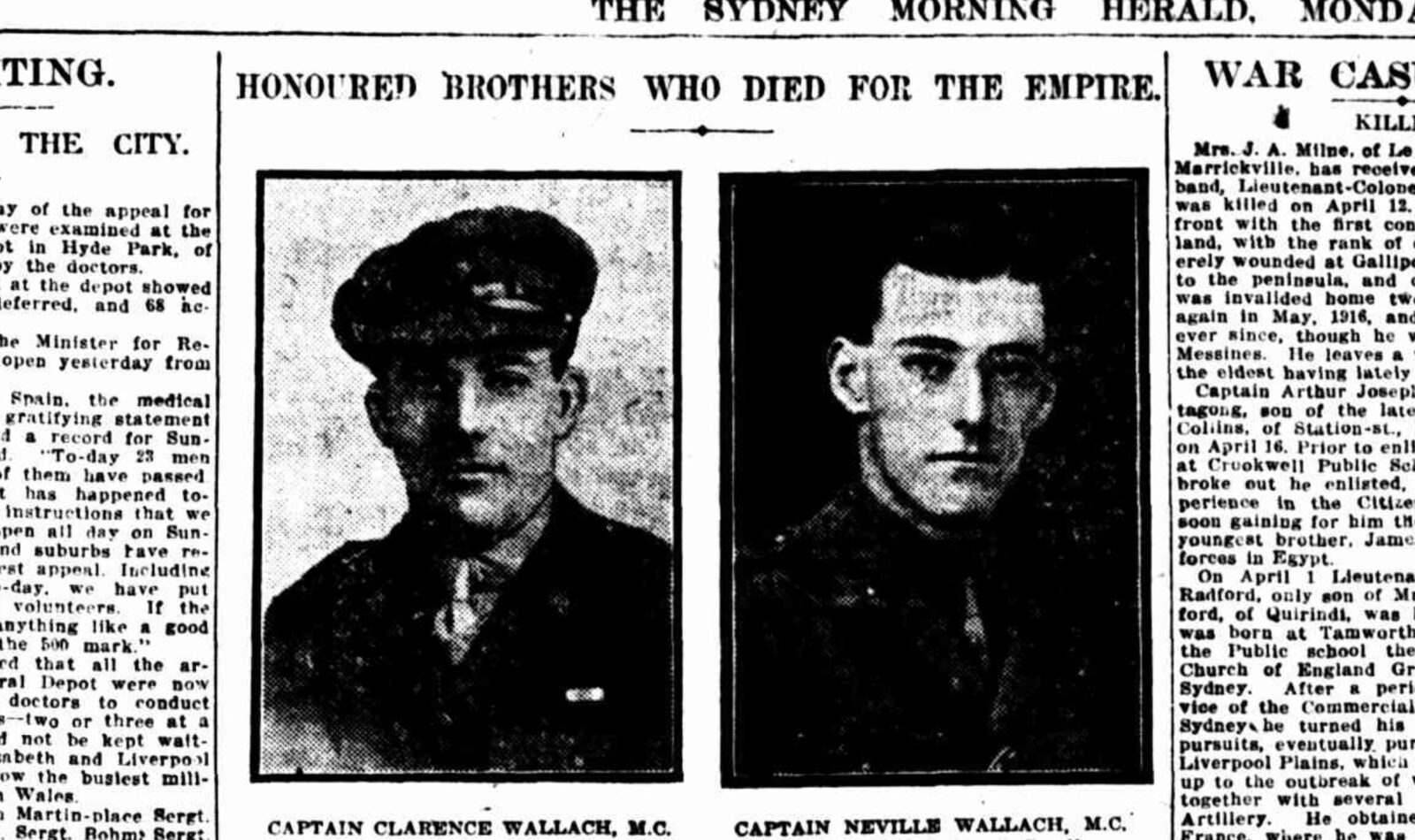
During the First World War, almost 330,000 Australians enlisted to serve thousands of miles away from home. Whole communities and families were impacted, with close friends and colleagues, brothers and cousins, leaving home to serve in the war. The Wallach family was one such family.
Henry and Mary Wallach had eleven children, three girls and eight boys. Five of them, Henry, Clarence, Rupert, Neville and Arthur, served in the First World War, and a sixth brother, Adolph, also enlisted but was classed unfit for service due to gout.
The Wallach family was a family of sportsmen and women. Two of the daughters, Stella and Henrietta (Ettie), excelled in field and ice hockey respectively, and represented New South Wales in interstate competitions on several occasions. The Wallach brothers belonged to surfing and lifesaving clubs in Bondi and Maroubra and were keen rugby players. Neville and Clarence both played at the Easts Rugby Club, and Clarence represented Australia in several international matches with the Wallabies.
Captains Clarence and Neville Wallach and Lance Corporal Rupert Wallach were the first of the siblings to enlist with the Australian Imperial Force (AIF). They served in the Gallipoli operations in the Dardanelles, before being deployed to the Western Front. Private Arthur Wallach and Corporal Henry Wallach enlisted in 1916.
Although the brothers shared a common family bond, they all experienced the war in a different manner.
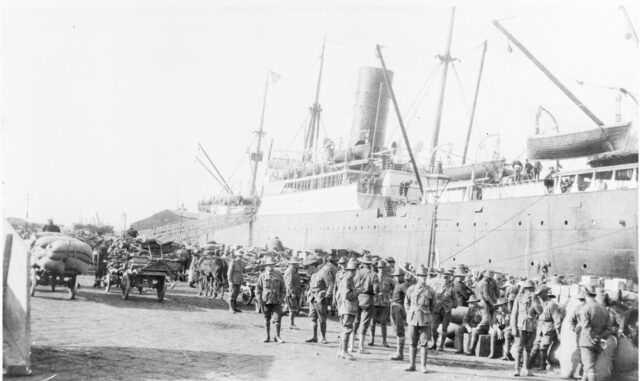
Lance Corporal Rupert Wallach served in the first Battle of Bullecourt on 11 April 1917. He was shot in the elbow and shoulder and, like many other soldiers from the 13th and 16th AIF Battalions, taken prisoner by the German Army. Reported missing in action, he was able to send a postcard from the camp where he was imprisoned, in Soltau near Munster, Germany, notifying that he was still alive.
As he had been incapacitated by his wounds, he was assigned to the invalids’ barracks, before being the subject of a prisoner exchange in January 1918. After being transferred to Aachen and then Rotterdam, he finally embarked for England where he was treated and repatriated to Australia on 13 June 1918.
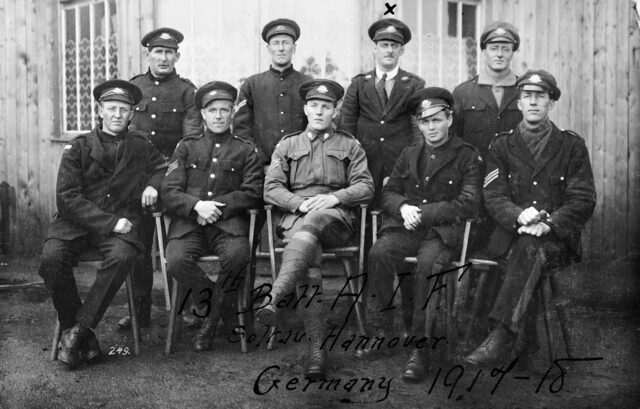
Arthur Wallach, the youngest of the family, was 16 when Australia entered the war. As he was underage, he said he was 19 and enlisted as a private with the 1st Machine Gun Battalion of the AIF. Wounded many times, and reassigned each time, it wasn’t until the summer of 1918 that he was finally repatriated to Australia and discharged.
Henry Wallach joined the 12th Battalion AIF and was promoted to Corporal two months after mobilisation, in December 1916. He later made Lance Corporal but was demoted after being court-martialled for drunkenness. In April 1918, badly affected by the fighting, he was sent to Étaples Hospital and then to England where he was diagnosed with shell shock and neurasthenia. He was repatriated to Australia on 23 July 1918.
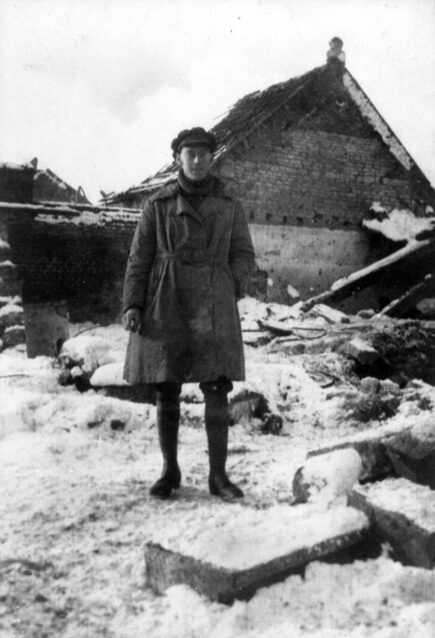
Neville Wallach enlisted in April 1915 and like his brother Rupert, joined the 13th Battalion. He rose rapidly through the ranks, reaching the rank of Second Lieutenant before his mobilisation to France in June 1916 and Captain on 31 August 1917. He served in many battles on the Western Front. In 1917, on the Hindenburg Line near Bullecourt, he led his troops for nearly a kilometre, even though a bullet had pierced his thigh. These feats of arms and the leadership he demonstrated at Messines and Ploegsteert earned him the Military Cross.
He served in the Battle of Villers-Bretonneux on 25 April 1918, but was killed a few days later when a shell hit his shelter, killing him and fellow officers instantly. At just 21, this much-loved officer was buried by his men in the Chalk Pits British Cemetery, just south of Corbie. A few months later, his grave was moved to the Villers-Bretonneux Military Cemetery where he remains at rest today.
Clarence ‘Clarrie’ or ‘Doss’ Wallach also joined up early on, embarking for the Dardanelles on 26 June 1915 with the 19th Battalion AIF. He was awarded the Military Cross at Pozières on 2 September 1916 for his composure and command under heavy fighting and was promoted to Captain on 27 July 1917. In December 1917, this keen rugby player and Wallaby, played rugby officially for the last time in England with the Australian Force rugby team.
On 7 April 1918, during the German Spring Offensive, he was seriously wounded by gunfire near Villers-Bretonneux, and his left leg had to be amputated. During treatment, he developed gangrene in his right leg and had to have this leg removed as well. Sadly, his condition deteriorated, and he succumbed to his wounds on 22 April 1918 at Étretat Hospital, aged 28. According to the doctors, he went without much suffering, and showed great courage and cheerfulness until the end.
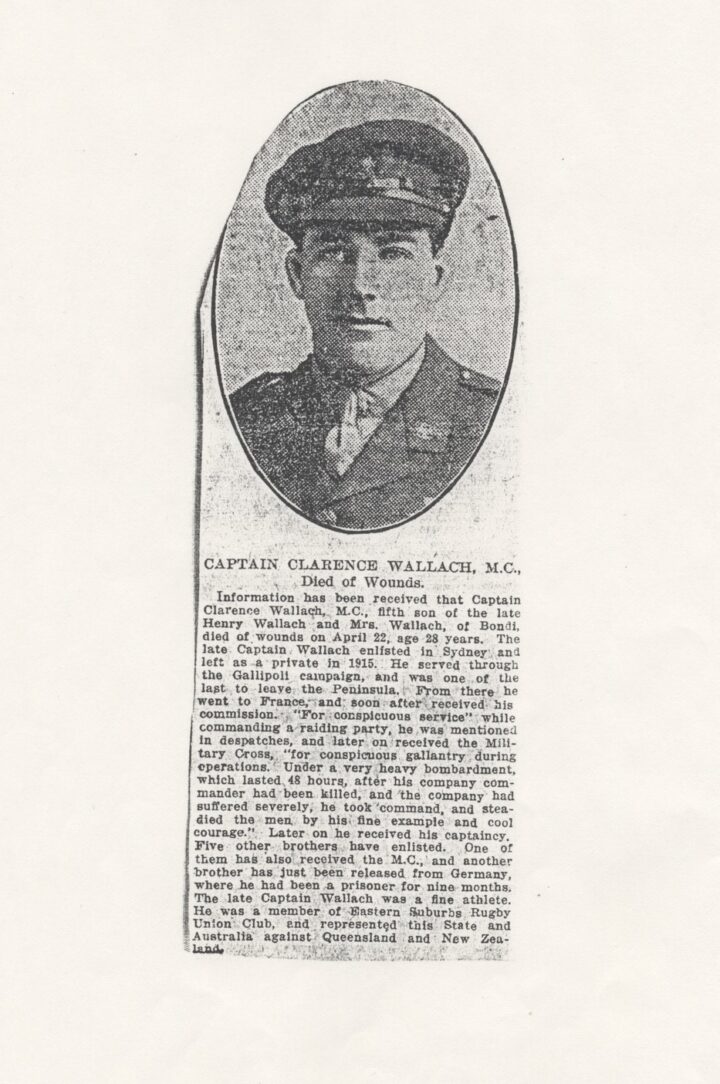
“I’m happy to have lived my life like this, and I wouldn’t have missed it for the world. It was worth it.”
The story of the Wallach brothers is not an isolated one. During the First World War, many other family members enlisted and served on the Western Front together. Another example is the Stokes brothers, James and Charles, who returned home after the war and its hardship.